It sounds pretty unimaginable, but the ‘‘Why Labradors are the worst dogs’’ dilemma is out there! That’s right. As much as we hear that Labrador Retriever puppies are among the greatest dog pets in the world, their maintenance can be a true nightmare at times.
The rationale behind their high maintenance lies in a plethora of things. Throughout this article, we’re gonna identify thirteen most common reasons why you should reconsider having this breed in your home. Let’s take a ride!
Why Labradors Are The Worst Dogs
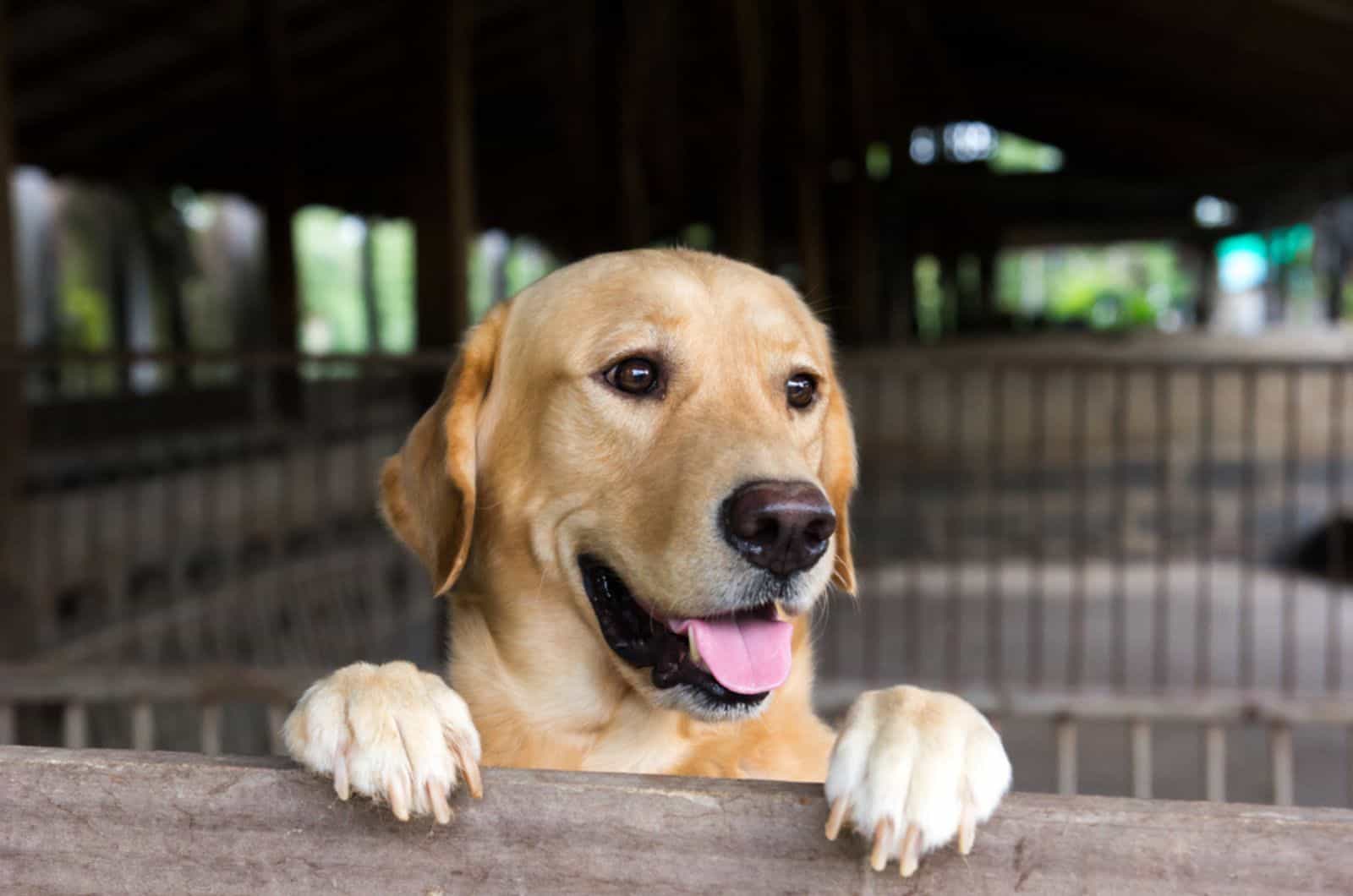
Yes, the truth is Lab canines generally qualify among the best family dog breeds in the world. But, at what cost?
Even though they are considered to be the most popular breed in the United States, and in other parts of the world, too, Labrador dogs can also be the worst dogs to live with. A lot of people, especially first-time dog owners, have quite a hard time decoding their Lab pets’ nature.
This is due to the fact that Lab puppies, as good as they are, have an extremely complex nature at times. Furthermore, the breed itself is extremely active, which can be an overwhelming sight for people who are not so active.
Here are some other reasons why Labradors are the worst dogs…
1. They’re Excessive Shedders
That’s right! These canines don’t qualify to be in the group of hypoallergenic dog breeds as they shed excessively, and their fur is not human-friendly. Even short-haired dogs of this breed shed, and are no exception.
As a matter of fact, Lab canines can be extremely messy dogs as their dead undercoat, dander, and dog saliva make living with them extremely overwhelming.
Expect to battle with balls of fur for several weeks during the spring as their thick winter coat turns into a summer coat. The same goes for the fall season.
The advice is to keep these canines groomed by brushing them at least twice a week, and bathing them every month or so. In comparison to other breeds, these canines require more frequent baths as they are prone to dirt by default.
In that regard, you should avoid dirty places, sand, dust, and mud. Labs just love exploring new things, which is why they won’t mind getting their paws into any kind of dirt.
2. Labs Can Be Overly Aggressive
Even though it is highly unlikely for a well-trained Lab puppy to attack or to be aggressive, we can put the label of aggressive dog breeds on these canines in certain situations.
Just like Golden Retrievers, German Shepherds, and other family dogs – Lab puppies can display aggression as a result of improper parenting and poor socialization. In that regard, these canines require a lot of work, especially during the first couple of months.
A Lab breed of dog that is not socialized properly can be aggressive towards strangers, other house pets, and even young children. That’s why you should never avoid early socialization training in the first place.
Furthermore, these canines can be extremely sensitive when it comes to yelling or screaming. A triggered trauma can make a true beast out of your Lab companion. If I could recommend one thing, it would be this – don’t ever yell at your Labrador!
3. Separation Anxiety

Have you noticed that your dog has been clingy lately? Well, the answer may be separation anxiety! Separation anxiety in dogs goes hand in hand with the possibility of aggression. Lab canines are extremely sensitive dogs that easily attach to their loved ones.
If you have a much too busy schedule to stick with your dog for the whole day – you may want to reconsider having a Lab puppy in the first place. These canines simply love spending every single hour with their owner, which can be extremely overwhelming.
In order to avoid these kinds of situations, you should train your Lab solitude during its puppyhood stage.
Chew toys, TV dog shows, or a fenced yard with an interactive playground are just some of the tools to help you get your Lab used to a few hours of solitude during the day.
Otherwise, you may deal with an extremely aggressive and self-destructive dog.
4. They Never Rest
Yep, their high-energy nature is one of the Lab’s trademarks, and there’s nothing you can do to change that! They are what they are! In fact, trying to make a lazy couch potato out of your Lab puppy can have negative implications in the future.
Inactive Labradors are generally referred to as obese Labs, aggressive Labs, or frustrated Labs.
Inactivity truly brings out the worst in them, which is why you should reconsider having a Lab puppy if you’re not into a lot of exercise during the day. Getting a non-sporting dog breed would be a better choice in this regard!
If not given enough exercise during the day, Lab puppies can be one of the worst breeds to have in your home. They can chew, pee, and destroy as a sign of protest, which is something you don’t want in your pet.
5. They Get Bored Easily
Even though these canines love having tons of exercise on a daily basis – Lab canines get easily bored, too!
The reason why Labs get easily bored lies in the fact that these canines are in the top 20 smartest dogs in the world. Therefore, you can’t simply neglect their mental stimulation needs.
They love being challenged, which is why any Lab owner should spend extra time coming up with new, creative ways of entertainment for their Lab canine.
Games, such as hide and seek, food puzzles, or treasure hunts are an excellent way to keep your Lab busy and stimulated at the same time.
Otherwise, you may deal with a frustrated dog that has very few hours of good behavior during the day.
6. Their Over-Excitement Leads To Disobedience
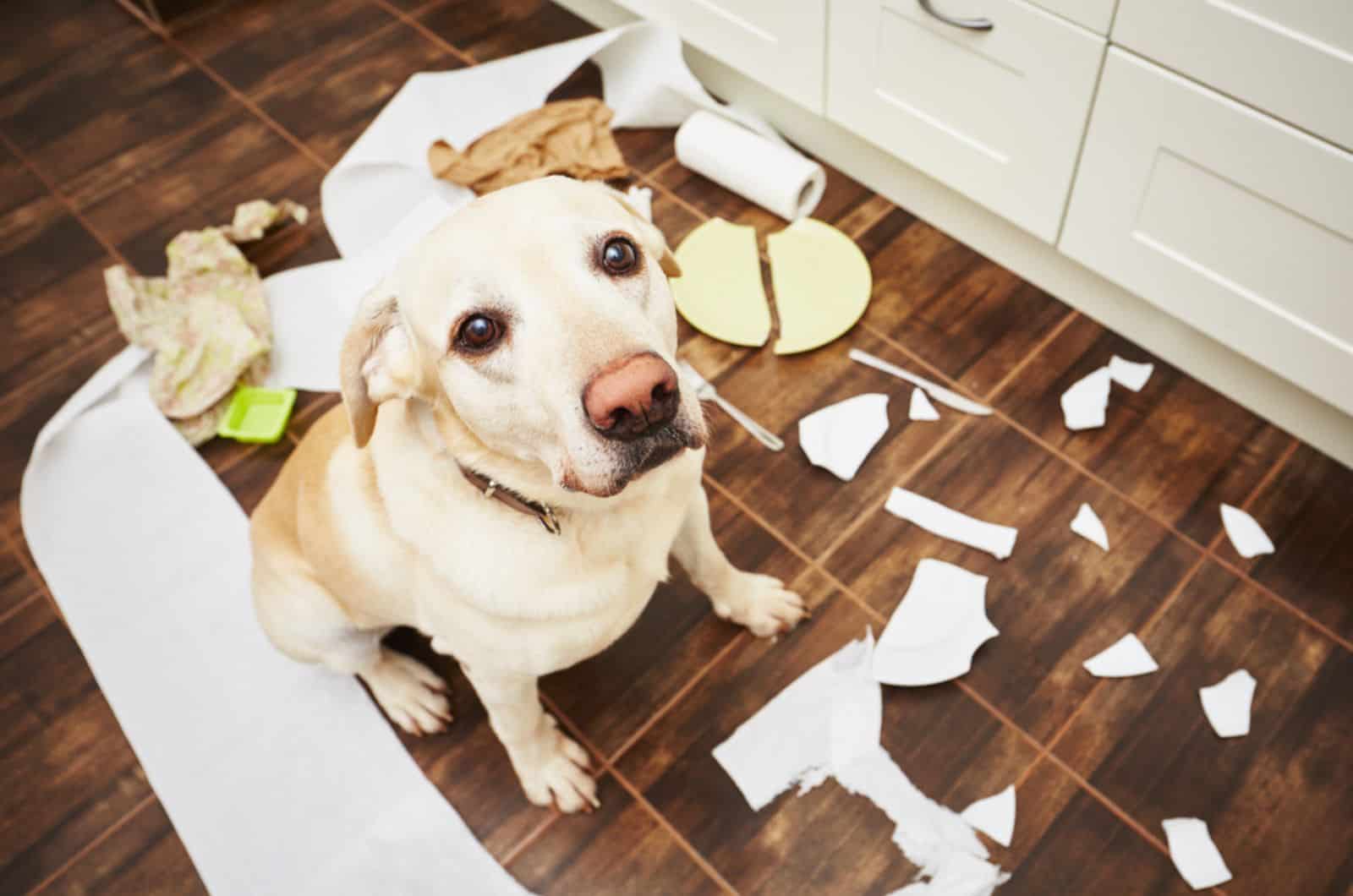
Another reason why Labradors are the worst dogs to have is the fact that they get over-excited way too much. This is an affectionate dog breed by nature, which is why they can come across as being a little bit too strong.
In that regard, you should never teach your Lab to use jumping, scratching, and biting as a sign of love! Otherwise, you can get hurt pretty easily as Labs are generally unaware of their size and power.
On the other hand, inadequately-trained Lab dogs can get too excited in public spaces or in the presence of other dogs. Labs that don’t go through obedience training are generally disobedient and hard to deal with.
You can start training your Lab as soon as you get it from the breeder. The use of interactive dog toys and dog snacks may help you in this regard.
7. A Plethora Of Health Problems
Even though the average lifespan of a Lab puppy revolves around twelve years, these canines come with a set of serious health concerns. Lab canines are generally prone to canine cataracts, hip dysplasia, bloat, obesity, and many others.
If you’re not planning to buy pet insurance once you get a Lab from a breeder – you will be making a huge mistake! Lab healthcare costs can be extremely high, which is why getting pet insurance would be a smart choice to make.
These canines require careful maintenance as well as a properly-designed feeding chart. Bad dieting and an inadequate exercise plan are two most common external factors for obesity and bloat in these canines.
On the other hand, hip dysplasia, as well as canine cataracts are hereditary issues that can be worsened by bad dieting and a poor lifestyle.
8. They Require Plenty Of Space
The ‘‘Why Labradors are the worst dogs’’ question lies in the fact that this is a medium to large breed that requires plenty of space. Labs are not lap dogs. Quite the contrary – they need to move for the most part of the day, which is part of their nature.
If you’re living in a small city apartment or a studio, the advice is not to get one! Rather, choose a smaller breed that doesn’t have as much exercise needs, and doesn’t require as much space.
Closed in Labradors are one of the worst pets that you can deal with. These canines are just not happy being indoors the whole day, which is why you need to take them out at least once or twice a day.
Inadequately-exercised Lab puppies can be a true nightmare for their owner. Excessive barking, scratching, chewing, or even aggression are just some of the protest signs Labs use when they want to make a point.
This is quite a temperamental dog breed that communicates its feelings clearly.
9. They Are Prone To Obesity
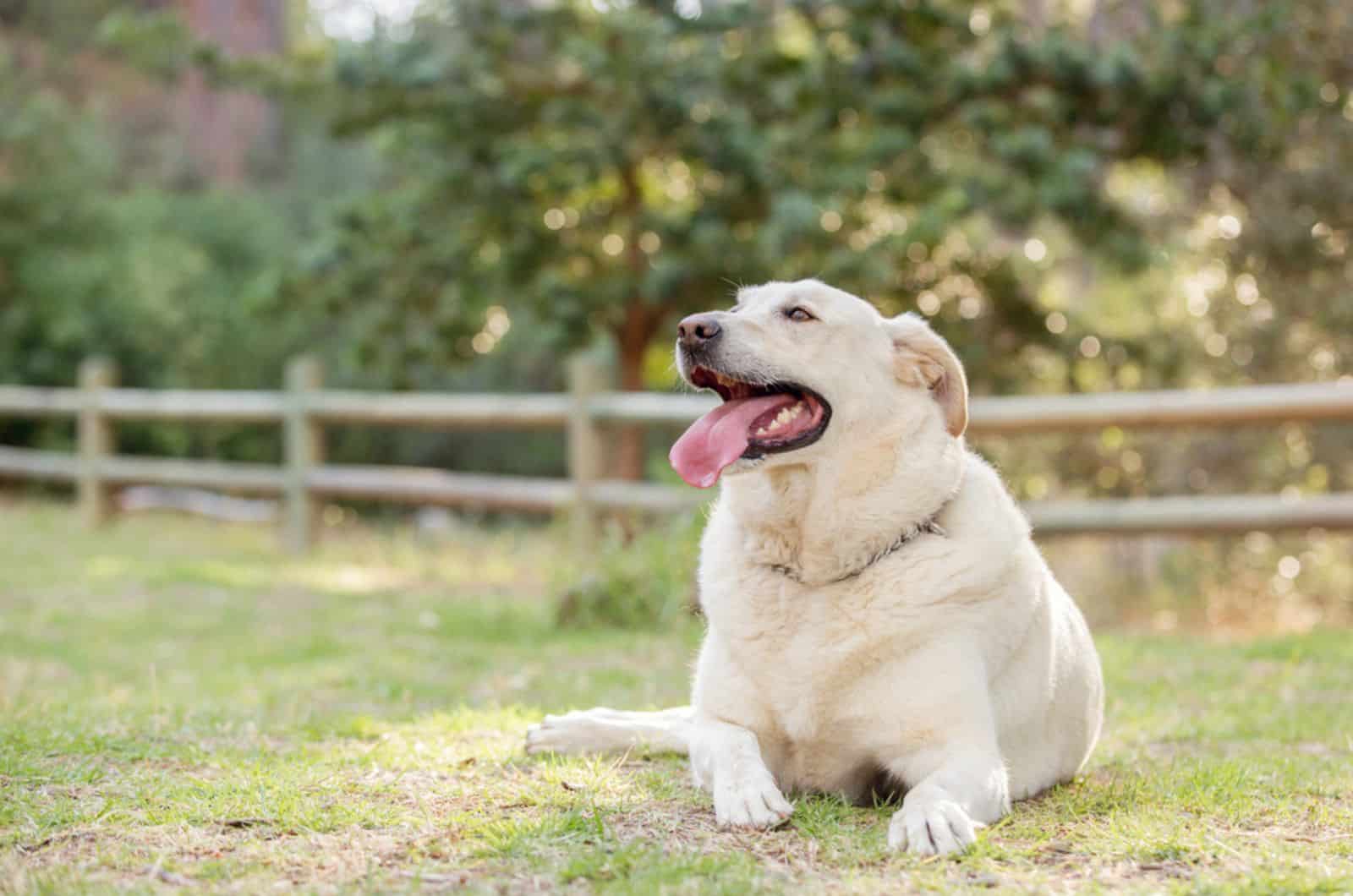
It may sound contradictory, but Lab canines are indeed prone to obesity despite their highly active nature. These canines have an extremely high food drive, which is why they will devour anything that comes their way.
Lab canines that don’t have a properly-designed diet are generally prone to excessive weight gain. This especially refers to puppies that eat table scraps, junk food, or poor-quality dog food purchased from the market.
Unfortunately, obesity in Labs is one of the main triggers of diabetes, heart disease, and even cataracts. Labs that don’t have an adequate dieting plan tend to live shorter, as well as Labs that lack exercise.
10. They Are Food-Sensitive
Even though Lab canines are voracious eaters, their stomach tells a different story. This is an extremely sensitive breed when it comes to certain dog foods such as eggs, soy, wheat, and dairy products. Some Lab canines are even allergic to chicken and beef.
Choosing the best dog food for your canine would be a smart choice, but at the same time, it can be extremely overwhelming.
The reason why Labradors are the worst dogs at times is the fact that you need to spend a lot more time planning their diet and choosing Lab-friendly foods.
Otherwise, you may deal with severe repercussions such as dog diarrhea, stomach torsion, vomiting, excessive weight gain, diabetes, eye problems, and heart disease.
11. Costs Of Having A Lab Are High
The initial price that you can expect to pay for your future Lab companion revolves between $700 and $2000. This is quite an expensive price to pay considering that Labs are one of the most common house dogs in the world.
On the other hand, paying for the puppy itself is not enough as you need to take into account other things such as health exams, vaccinations, deworming, microchipping, a dog bed, a leash, a litter box, food, grooming tools, and dog snacks.
These canines generally eat more than some other family dogs as they need more food to maintain their high energy. Furthermore, you can expect to spend some extra money on a Lab’s healthcare as these canines are prone to a whole set of health issues.
Additionally, if you want to train your Lab puppy right from the start, you may need to buy several training tools, such as a dog training collar or playground equipment. All of these things require additional spending that doesn’t seem affordable.
If you want a dog that requires much less spending – you should look for a smaller breed.
12. Untrained Lab Puppies Can Be Stubborn
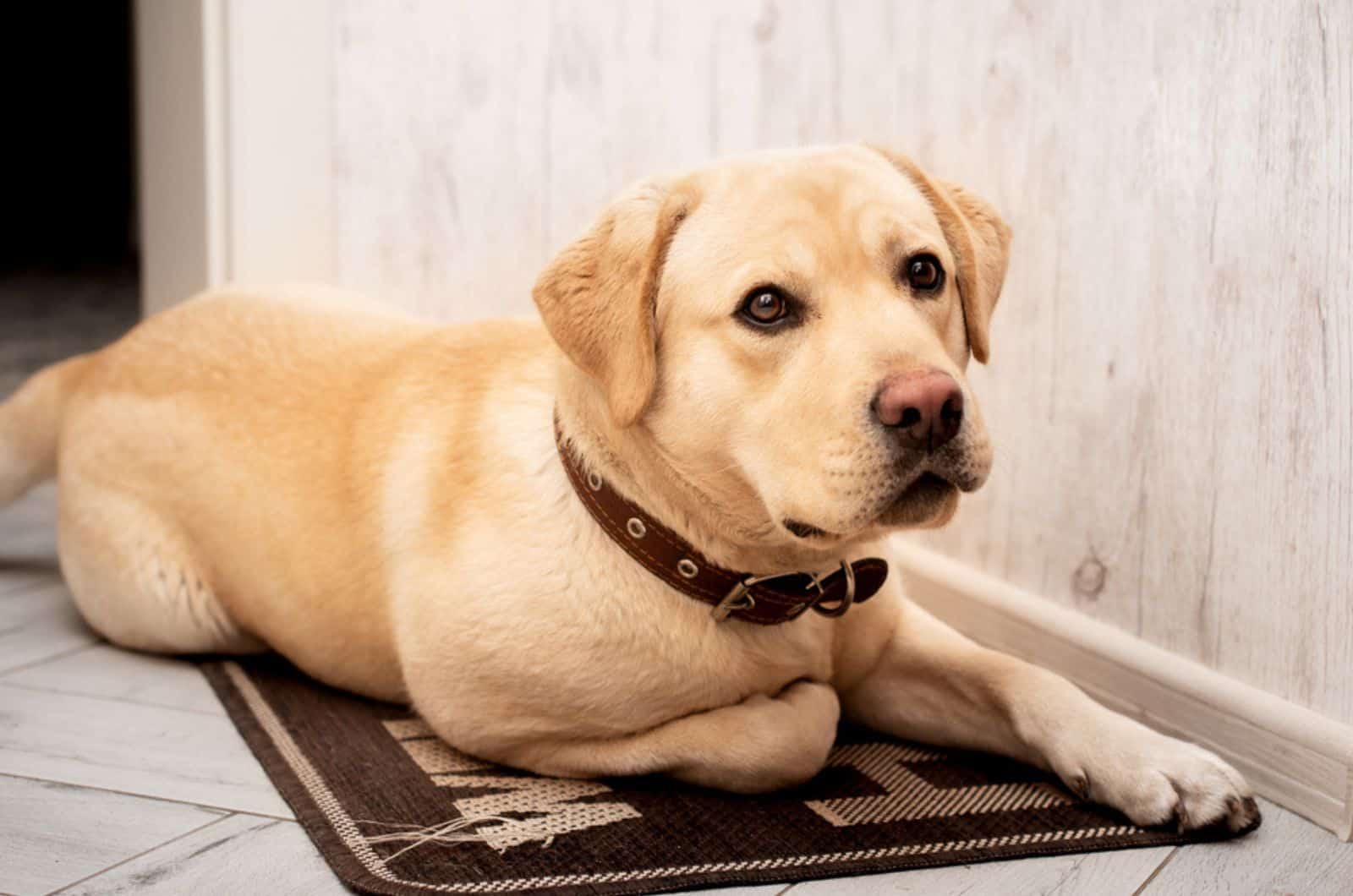
One of the major reasons why Labradors are the worst dogs to live with is the fact that they can be extremely stubborn. This especially refers to untrained puppies, which is why you want to start with Lab training as soon as possible.
Generally, it is much easier to train your dog to socialize during puppyhood as socializing an aggressive dog in the adulthood phase is much more complex.
The same goes for obedience training. Despite the fact that the Lab qualifies among the most intelligent canines – they can be overly stubborn if not timely trained. Training an adult Lab dog requires a lot of patience, commitment, and energy.
One of the best choices that you can make when buying a Lab puppy is choosing a reliable Lab breeder.
This way, you can save yourself from spending countless hours on your dog’s socialization as puppies purchased from reliable kennels are generally socialized at eight weeks of age.
13. They Mature Slowly
The last rationale for ‘‘why Labradors are the worst dogs’’ lies in the fact that these canines mature quite late. You may spend countless hours wondering when puppies get easier, but you won’t find a proper answer as every dog is a different story.
That said, Lab canines may take some extra time to mature fully as they generally don’t set at two years of age or so. Generally, female Lab puppies find their pace much sooner, but again – it’s all relative!
Unlike some other dog breeds, you can expect your Lab companion to be overly active for the first several years. In that regard, you need to pay attention to your dog’s exercise needs as not giving as much exercise to your dog as needed may prolong your misery.
On the contrary, Labs that burn off a lot of energy during training sessions are most likely to be calmer for the rest of the day.
How To Turn Things Around
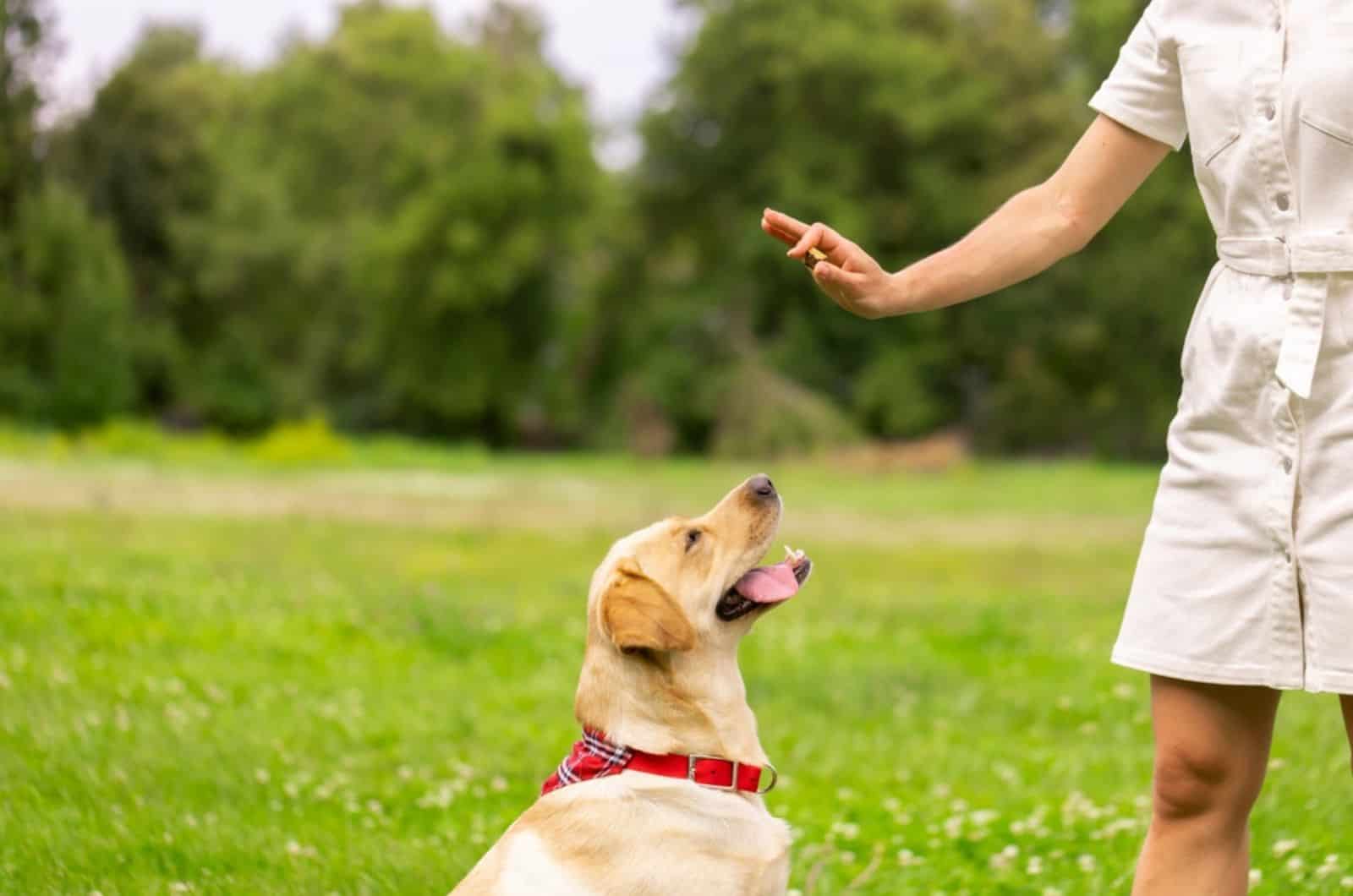
Even though the reason why Labs are unbearable has nothing to do with the way they are treated, there are a few things that you can do to reduce your dog’s excessive behavior.
Both male and female Lab puppies are known to be an extremely active dog breed that is, at times, set in their own ways. That said, the first thing you need to do during the ‘‘decoding’’ process of your Lab is to understand how your pet functions.
After you get to know your Lab puppy to the fullest, you can start adapting it to certain behavioral patterns. It may take some extra time in the start, but it pays off eventually!
1. Plenty Of Socialization
If you keep wondering why your dog won’t stop biting you or why your dog barks excessively when meeting new people, the answer is simple – it is not properly trained! That’s right.
Lab canines seek plenty of socialization training, especially during their first two years.
Labrador puppies are generally sociable dogs that do well around all family members and other pet dogs. However, lack of socialization may bring out the worst, even in these canines.
For that matter, you should start with socialization training at eight to ten weeks of age, and don’t stop there! The socialization process is long-term, which means that you will need to continue socializing your puppy for at least a year or two.
These canines are fast-learners, but they may need certain convincing due to their occasionally stubborn nature.
2. Early Obedience Training
Is your dog refusing to walk? Or, is it refusing to comply with basic puppy commands? Dog owners may deal with these issues as Lab canines, unlike some guard dogs or hunting dogs, may display occasional stubbornness.
The reason why some Lab canines are set in their own ways lies in the fact that they are still not obedience trained. That’s right! These pooches need obedience training, too!
If you’re just too inexperienced or you’re afraid that you will do something wrong, then the engagement of a professional dog behaviorist wouldn’t be the worst choice.
3. Positive Reinforcement
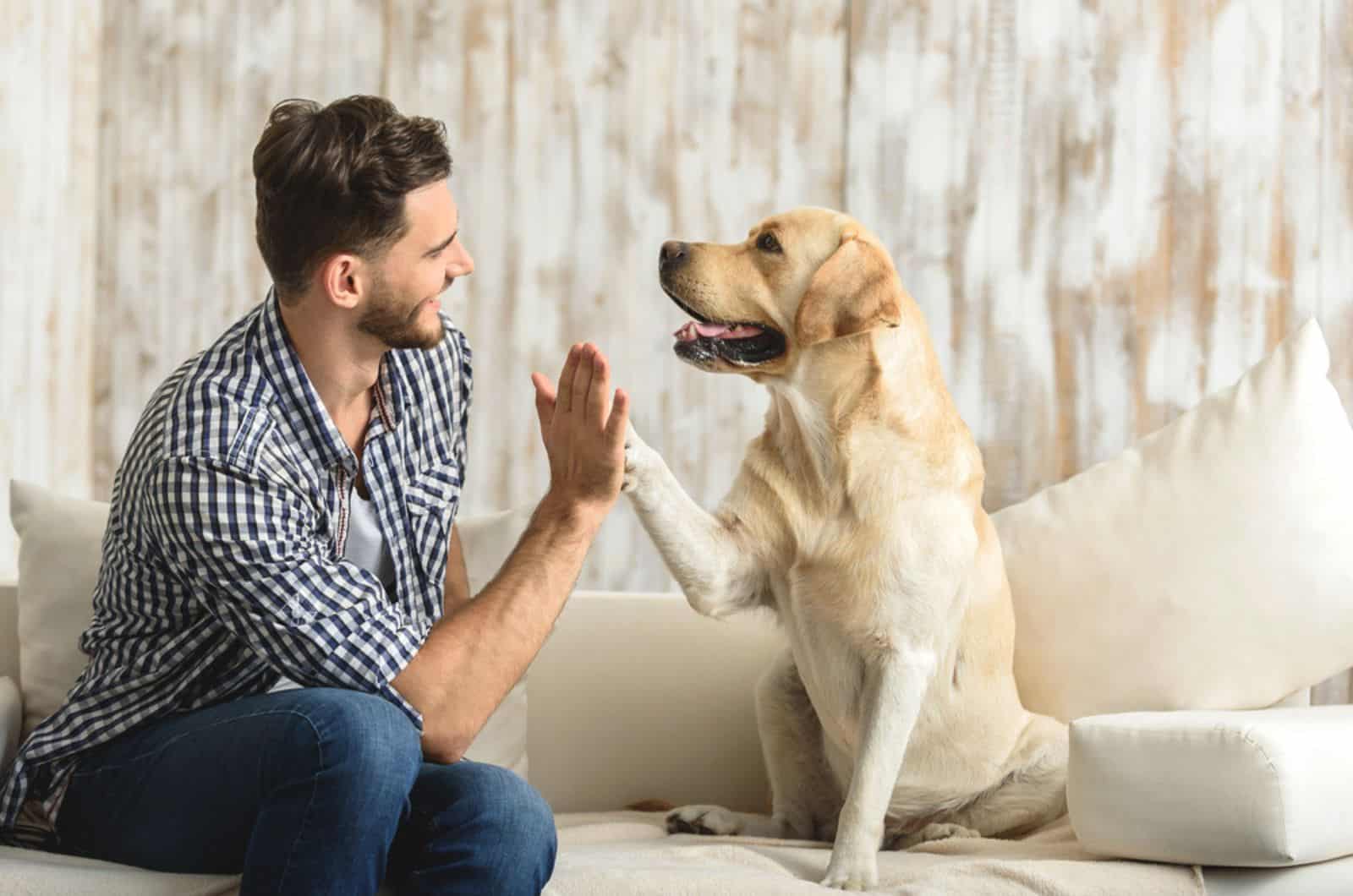
There’s one thing that Lab canines can’t stand, and that is harsh leadership! Yelling, screaming, or hitting your dog is never a good option as it can trigger a major trauma or cause severe aggression.
Instead, try using positive reinforcement techniques such as praising, petting, and giving your Lab snacks after a successfully-finished exercise.
These canines respond excellently to positive reinforcement, which is why this training method should be the first one in your puppy book of rules.
Generally, Labs are quite intuitive dogs with a high level of affection for their owner. That said, they will perfectly know how to respond to your kindness.
4. Daily Exercise
There’s one thing that you should bear in mind – Lab puppies are not a lazy dog breed. Quite the contrary… these pooches are extremely active and playful, which is one of their main traits.
That being said, you should pay attention to your dog’s exercise needs. Labs generally need an hour of good exercise during the day.
Anything less than that can lead to self-destruction, frustration, and aggression.
Furthermore, neglecting your dog’s exercise requirements can lead to further problems such as obesity, stress, depression, lethargy, and consequently, diabetes and heart problems. Both the mental and physical health of your Lab are equally important to its overall well-being.
5. Mental Stimulation
Aside from showing your dog dominance, there’s another thing extremely important to your dog’s good behavior – mental stimulation! This is a quite intelligent dog breed that gets bored easily, which is why you need to find ways to stimulate your dog mentally.
One of the best ways to do so is coming up with interactive dog games, such as hide and seek or dog puzzles. This way, you will keep your Lap companion engaged and happy, as well as occupied for a few hours during the day.
Mentally stimulated dogs are more likely to become more attached to their owner, as well as to become well-mannered in the future.
Conclusion
There is a whole set of rationales for why Labradors are the worst dogs at times. Some of them are rooted in their natural behavior, while others are triggered by certain external factors such as bad leadership, improper parenting, or lack of training.
Prior to purchasing a Lab puppy for yourself, you should deeply investigate the breed and learn all the pros and cons of having one in your home. This way, you will save yourself from potential surprises in the future!
Related post: 9 Reasons Why Schnauzers Are The Worst Dogs















